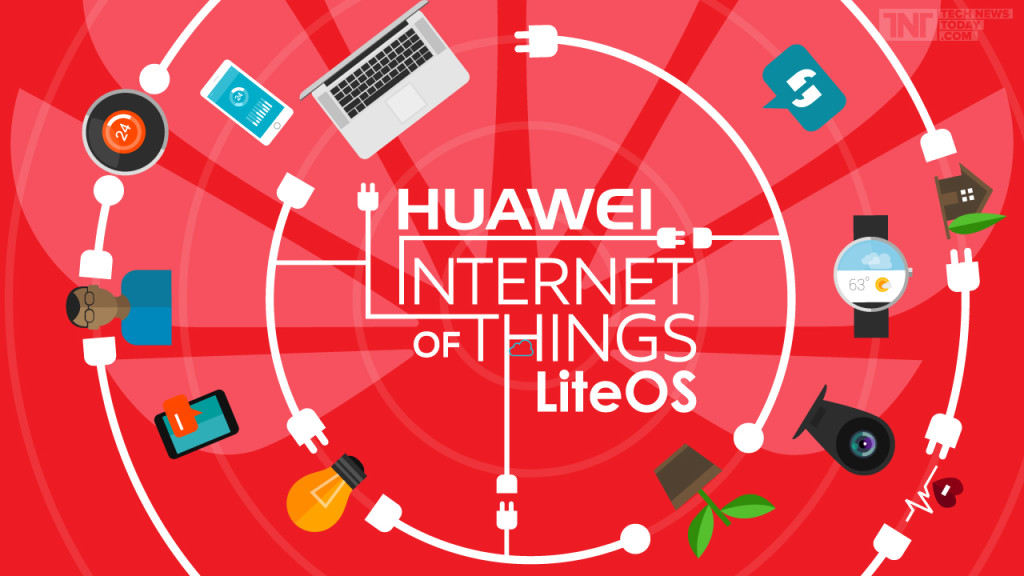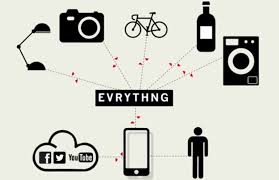Huawei has introduced a new operating system called LiteOS, world’s lightest system of size just 10 KB. The development of this operating system is part of company’s foray into “Internet of Things” and contains basic functionalities upon which programmers and developers can further add features.
Before understanding the idea behind this OS it is necessary to know what IoT (Internet of Thing) is. The IoT means global network of interconnected devices that are capable of being ‘smart devices’, containing advanced functionalities not possible in otherwise basic versions of the devices. For example Nokia’s feature phones are simply phones but Andoird, iOS and Windows phones are ‘smart’ phones with advanced features. These smart phones are part of IoT.
Other than phones IoT includes devices like watches, computers, car navigation, self-managing appliances etc. Any device that has advanced features and is capable of connecting with the internet is part of IoT.
The LiteOS is not a competitor for Android and iPhones. Despite the small size, the OS comes with auto networking, zero configuration and auto discovery features and is suitable for various applications such as managing various elements of your house such as thermostat, door and doorbell. It can also be implemented on wearable devices like watches and on larger machines like cars. The LiteOS can be considered as competitor for Android Wear and Android Auto technologies.
LiteOS will be an open platform, allowing developers and programmers to use the OS in development of various applications. This fits with Huawei’s larger plans as the company is part of various segments of IT industry including network equipment, routers, data center switches and end-to-end security solutions.



